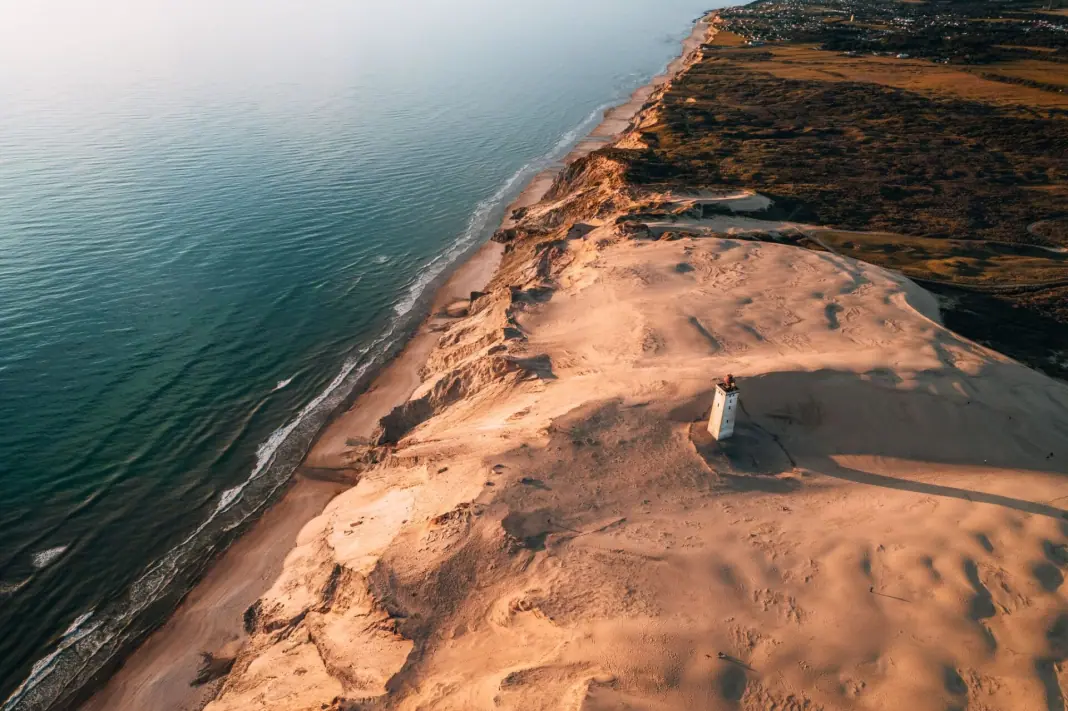Drones have revolutionized the field of photography, offering perspectives that were once impossible or expensive to achieve. Mastering drone photography can be an exhilarating journey, blending technology with the artistic eye. Here are ten essential tips to ensure your drone shots stand out.
Understand Your Drone
Know the Features
Before taking your drone into the skies, become fully acquainted with its features and capabilities. Every model has different camera specifications, flight times, and controls. Spend some time with the manual, tutorials, or community forums to unlock the full potential of your drone.
Practice Makes Perfect
Practice flying in an open area, away from crowds and obstructions. Comfort and familiarity with maneuvering your drone will instill confidence and enable you to focus on capturing the perfect shot.
Plan Your Shoot
Scout Locations
Location is key in photography, and even more so with drones. Use apps like Google Earth and UAV forecast tools to explore potential shoot locations. Check for any regulations or restrictions in the area.
Timing is Everything
Golden hour, the time right after sunrise or before sunset, provides soft, warm lighting that enhances the natural beauty of your shots. Shadows cast by the low sun can add intriguing patterns and depth to your photos.
Composition Matters
Rule of Thirds
Implement the rule of thirds by dividing your frame into nine equal sections using two horizontal and two vertical lines. Positioning your subject along these lines or at their intersections can create more balanced and engaging compositions.
Leading Lines
Use natural or man-made lines to lead the viewer’s eye into the frame. This technique helps in creating depth and guiding the viewer’s attention to the main subject.
Master Basic Camera Settings
ISO, Shutter Speed, and Aperture
Balancing ISO, shutter speed, and aperture is crucial for achieving high-quality drone photographs. Higher ISO settings increase sensitivity to light but can also introduce noise. Adjust the shutter speed according to the lighting conditions and desired motion effect.
Raw Format
Shooting in RAW provides greater flexibility in post-production. It captures more data and detail compared to the JPEG format, allowing for better corrections and enhancements during editing.
Explore Creative Angles
Bird’s Eye View
One of the most iconic perspectives drones provide is the bird’s eye view. It’s excellent for landscape shots, capturing symmetry or patterns that go unnoticed at ground level.
Low Altitude Shots
Don’t be afraid to fly low and mix up your compositions. Low-altitude drone shots can capture powerful viewpoints of both landscapes and subjects, providing a fresh perspective.
Pay Attention to Details
Avoid Clutter
Be mindful of unnecessary elements within the frame that may distract from your subject. Simplicity often makes for more powerful imagery.
Symmetry and Patterns
Look out for natural or man-made symmetries and patterns. These can create visually appealing and often mesmerizing shots.
Mind the Weather
Check Weather Conditions
Weather can greatly affect both the quality of your drone pictures and the safety of your flight. Wind, rain, and sudden changes in weather can pose risks, so always check the forecast before heading out.
Cloudy Skies
While clear skies often seem preferable, slight cloud cover can diffuse sunlight and reduce harsh shadows, creating soft and balanced images.
Edit and Enhance
Use Editing Software
Post-processing is where the magic happens. Software like Adobe Lightroom or Photoshop can enhance colors, contrast, sharpness, and more. Subtle editing can significantly elevate your images.
Avoid Over-editing
While editing offers improvement opportunities, aim for a natural look. Over-editing, like oversaturation or excessive contrast, can detract from the authenticity and professional appearance of your photos.
Stay Updated with Trends
Follow Community and Influencers
Join drone enthusiast forums, follow professionals on social media, and absorb emerging trends within the drone photography community for inspiration and tips.
Continuous Learning
The field of drone photography evolves rapidly with technology advancements. Stay updated on new tools, techniques, and updates to make the most out of your drone photography journey.
Respect Privacy and Regulations
Know the Laws
Familiarize yourself with local drone regulations and obtain any necessary permissions. Flying responsibly not only ensures safety but protects the rights and privacy of others.
Respect No-Fly Zones
Many areas prohibit drone flight, such as near airports or certain government facilities. Adhering to these regulations helps to maintain drone photography as a respected practice.
Mastering drone photography involves a blend of technical understanding, artistic insight, and a keen awareness of surrounding rules and environments. With these tips, you’re well on your way to capturing awe-inspiring aerial images and showcasing the world from spectacular heights. Happy flying!



